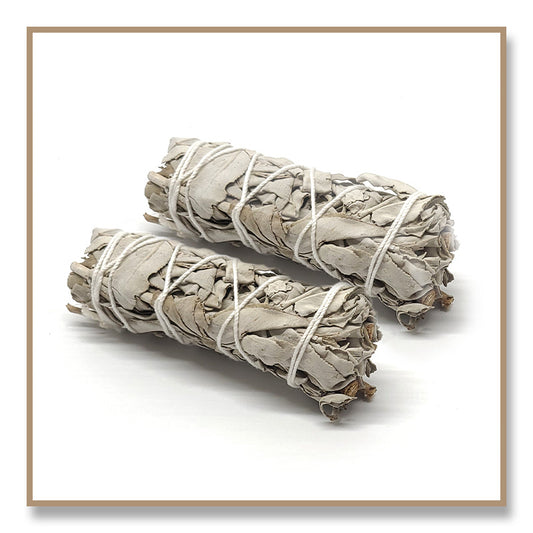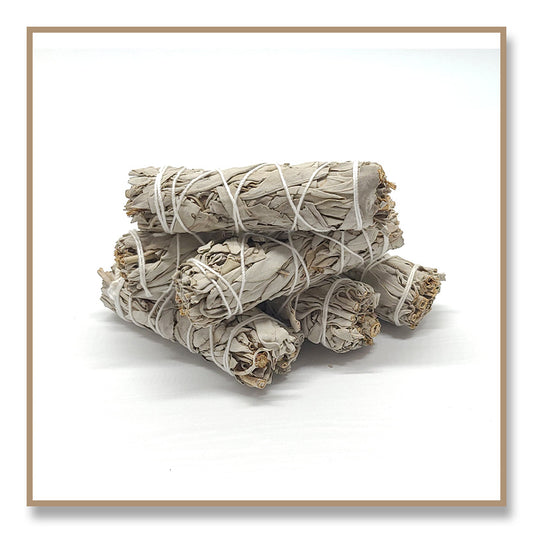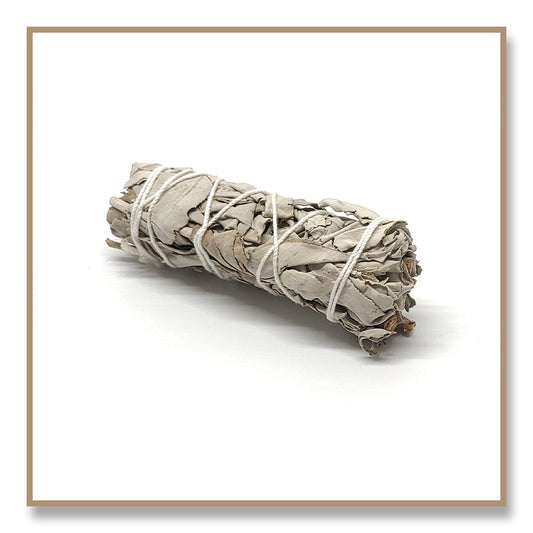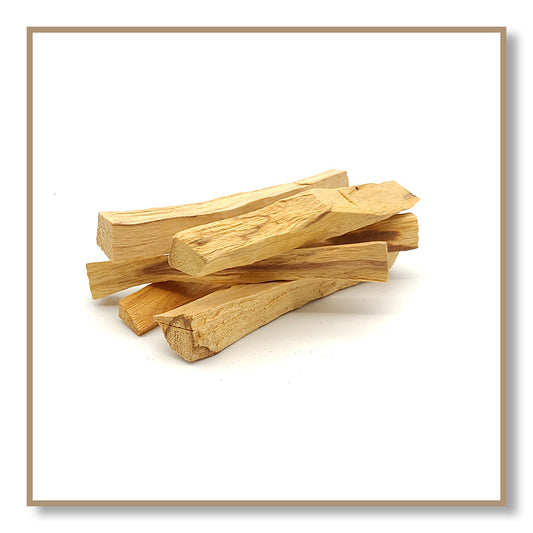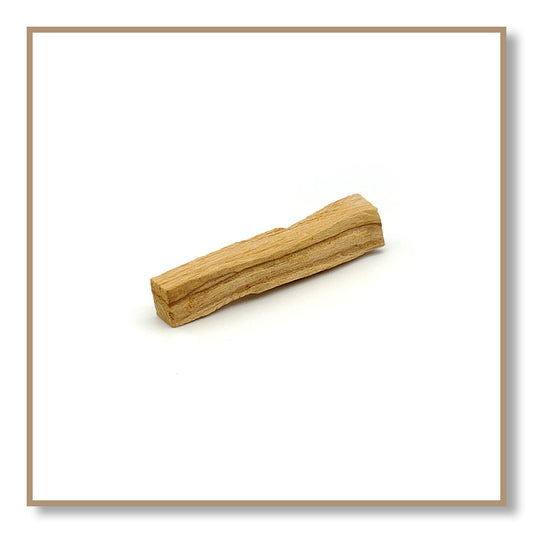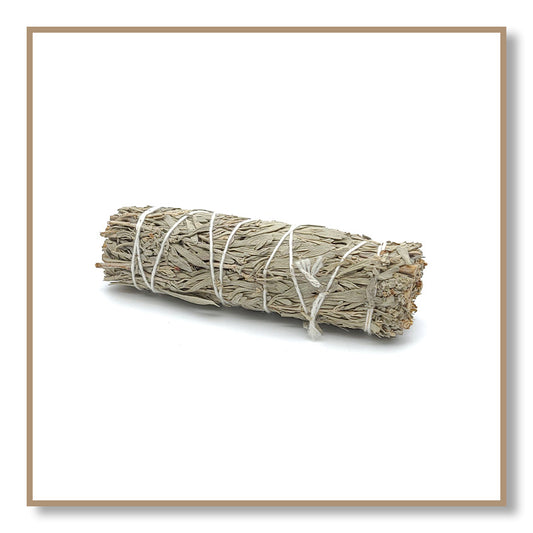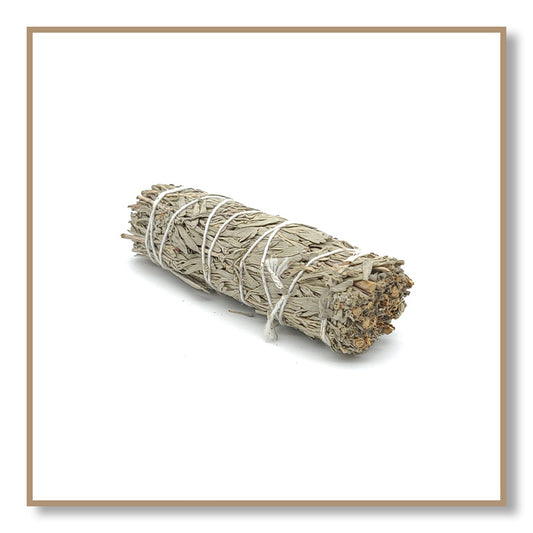For the past couple of years, Katie and I have used Palo Santo in our practice and invested more for it to be ethically sourced. We know some of you don't use Palo Santo at all because you heard it is endangered. Hopefully this article will shed some light on what Palo Santo is, help with some disambiguation, and give you the opportunity to make a more informed decision when purchasing Palo Santo in the future.
What is Palo Santo?
Palo Santo, a.k.a. Bursera graveolens, is a wild tree native to the countries of Ecuador & Peru. It is most often encountered in the form of its heartwood or essential oil. The wood is commonly burned in nature similar to incense by allowing the smoke to cleanse an area. Its essence is believed to energetically clear a space of any lingering stagnant energy. Diffusion of the essential oil may be used for those sensitive to smoke. The essential oil can also be externally applied to the body via dilution with carrier oils to activate its pleasantly therapeutic qualities and increase one's relaxation. This heavenly aromatic wood has been used for generations, and we work passionately to protect its place within contemporary conscious culture.
Not to be confused with…
“Palo Santo” is a common name that is used for several different & distinctly unrelated botanical species. Another species, known as Bulnesia sarmientoi is also referred to as "Palo Santo" in its native countries of Argentina & Paraguay.
Bulnesia sarmientoi was listed as endangered in the 2018 publication of the IUCN Red List, due to the deforestation of Gran Chaco and a strong global demand since 2001. IUCN estimates indicate that over three generations the global population will decline by around 50%.
Bulnesia sarmientoi is still listed as an endangered species.
Localization
They are two distinctly separate species, native to geographically different regions of South America & utilized for different applications. Bursera graveolens used in aromatherapy and various spiritual practices is a tree that originates in the dry forests of Ecuador & Perú, while Bulnesia sarmientoi originates from Argentina, Paraguay, and Bolivia.

What are both species used for?
Though both Bulnesia sarmientoi and Bursera graveolens are commonly referred to as “Palo Santo”, they have very distinct uses:
Bulnesia sarmientoi “has been exported from Paraguay and Argentina for use in lathe work, wood flooring, furniture, handicrafts, smoking pipes, mortars, and axes” and “must be accompanied by appropriate permits in order to be legally traded”. [ Source: World Resources Institute ]
Bursera graveolens has been used for “its healing, medicinal, and therapeutic properties. […] The components from the tree are now a popular ingredient in traditional medicine to cure various physical and psychological conditions.” It is “rich in limonene, a substance with strong antimicrobial properties. It also repels insects and influences the pain pathways in our brain”. [ Source: MedicineNet ]
Endangered species?
Bulnesia sarmientoi, which is the Palo Santo used as a lumber product, is indeed listed as Endangered. (Source: IUCN Red List. Link here).

The environmental status of Bursera graveolens, the type of Palo Santo we all use in our practice, is declared as "Least Concern" according to the most recent IUCN Red List assessment data (published in 2019) with documented stable tree populations existing throughout Central & South America. (Source: IUCN Red List. Link here).

Was Bursera graveolens ever endangered?
Yes. In the early 2000s, the government of Peru listed Bursera graveolens as "In Critical Danger" under Decree 043-2006-AG, banning the cutting of live trees and allowing only for the collection of naturally fallen or dead trees. However, in 2014, it was removed from the SERFOR (National Forest and Wildlife Service) list of protected species.
Sustainability
In both Perú and Ecuador, Bursera graveolens is a tree that is regulated by the national agricultural agencies due to its inherent nature of being an environmentally-sensitive forestry product.
Permits & formally documented environmental land-management plans are required to receive official government-authorized permission to collect, process, and/or distribute any products of forest origin. This permission is granted to the native communities who manage vast tracts of rural land, often numbering in the thousands of hectares, where there exists an abundance of natural forest resources that can be sustainably utilized to help economically empower these same communities. The intention of these programs is to promote long-term environmental management plans that facilitate conservation & regeneration.
Our Commitment
Katie and I made the commitment to be a conscious retailer. This is true for Palo Santo, but also for other products such as Sage and ethically mined crystals. We are working closely with One Love Holistics to provide you with the highest quality but also, and more importantly, with sustainably sourced Palo Santo. No living trees are ever cut in the making. The Palo Santo is gathered in nature, split by hand, and certified of ethical origins.
One Love Holistics not only require strict compliance within each country's regulatory legal framework that governs the trade of Palo Santo (Bursera graveolens), but their team also conducts independent audits of all producers involved in their supply chain, directly at the source. They do this to ensure One Love Holistics remains aligned with those who value conservation (the protection of existing dry forest lands) and reforestation (the continuous planting of trees that have already naturally fallen) over environmental degradation and unethical business practices.
We offer Palo Santo in a single stick, as well as bundles of 2 and 6 sticks, and as 1/4lb bag, which contains approx. 20-25 smudge sticks.


